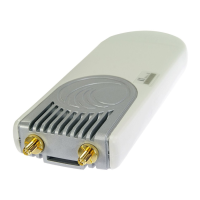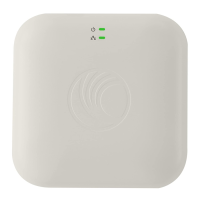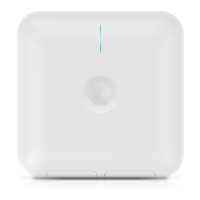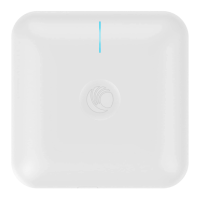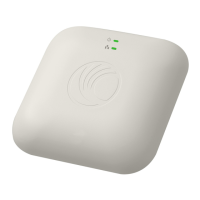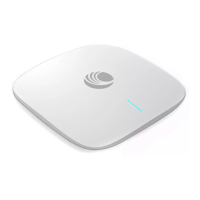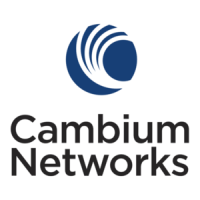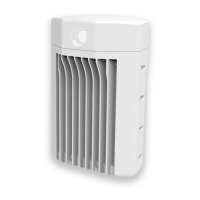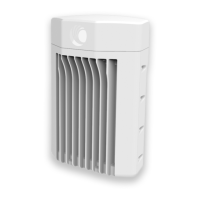CHAPTER 6: LEGAL AND REFERENCE
INFORMATION
COMPLIANCE WITH RADIO REGULATIONS
PAGE 6-86
FCC and ETSI compliance testing
The system has been tested for compliance to both US (FCC) and European (ETSI) specifications. It has
been shown to comply with the limits for emitted spurious radiation for a Class B digital device,
pursuant to Part 15 of the FCC Rules in the USA and appropriate European ENs. These limits have been
designed to provide reasonable protection against harmful interference. However the equipment can
radiate radio frequency energy and, if not installed and used in accordance with the instructions, may
cause harmful interference to other radio communications. There is no guarantee that interference will
not occur in a particular installation. To comply with FCC RF exposure limits for general population or
uncontrolled exposure, the antenna(s) used for the ePMP transmitter must be installed to ensure a
separation distance specified in Table 60 through Table 79 from all persons and must not be co-located
or operating in conjunction with any other antenna or transmitter.
OEM Responsibilities to comply with FCC and Industry Canada Regulations
The ePMP Module is certified for integration into products only by OEM integrators under the following
conditions:
1. The antenna(s) must be installed such that a minimum separation distance specified in Table 60
through Table 79 is maintained between the radiator (antenna) and all persons at all times.
2. The transmitter module must not be co-located or operate in conjunction with any other antenna or
transmitter. As long as the two conditions above are met, further transmitter testing is not required.
However, the OEM integrator is still responsible for testing their end-product for any additional
compliance requirements required with this module installed (for example, digital device emissions,
PC peripheral requirements, etc.).
Note In the event that these conditions cannot be met (for certain configurations or
co-location with another transmitter), then the FCC and Industry Canada authorizations
are no longer considered valid and the FCC ID cannot be used.
Note A Class B Digital Device is a device that is marketed for use in a residential
environment, notwithstanding use in commercial, business and industrial environments.
Notwithstanding that Cambium Networks has designed (and qualified) the ePMP
products to generally meet the Class B requirement to minimize the potential for
interference, the ePMP product range is not marketed for use in a residential
environment.
End Product Labelling
The ePMP Module is labeled with its own FCC ID and IC Certification Number. If the FCC ID and IC
Certification Number are not visible when the module is installed inside another device, then the
outside of the device into which the module is installed must also display a label referring to the
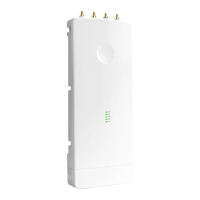
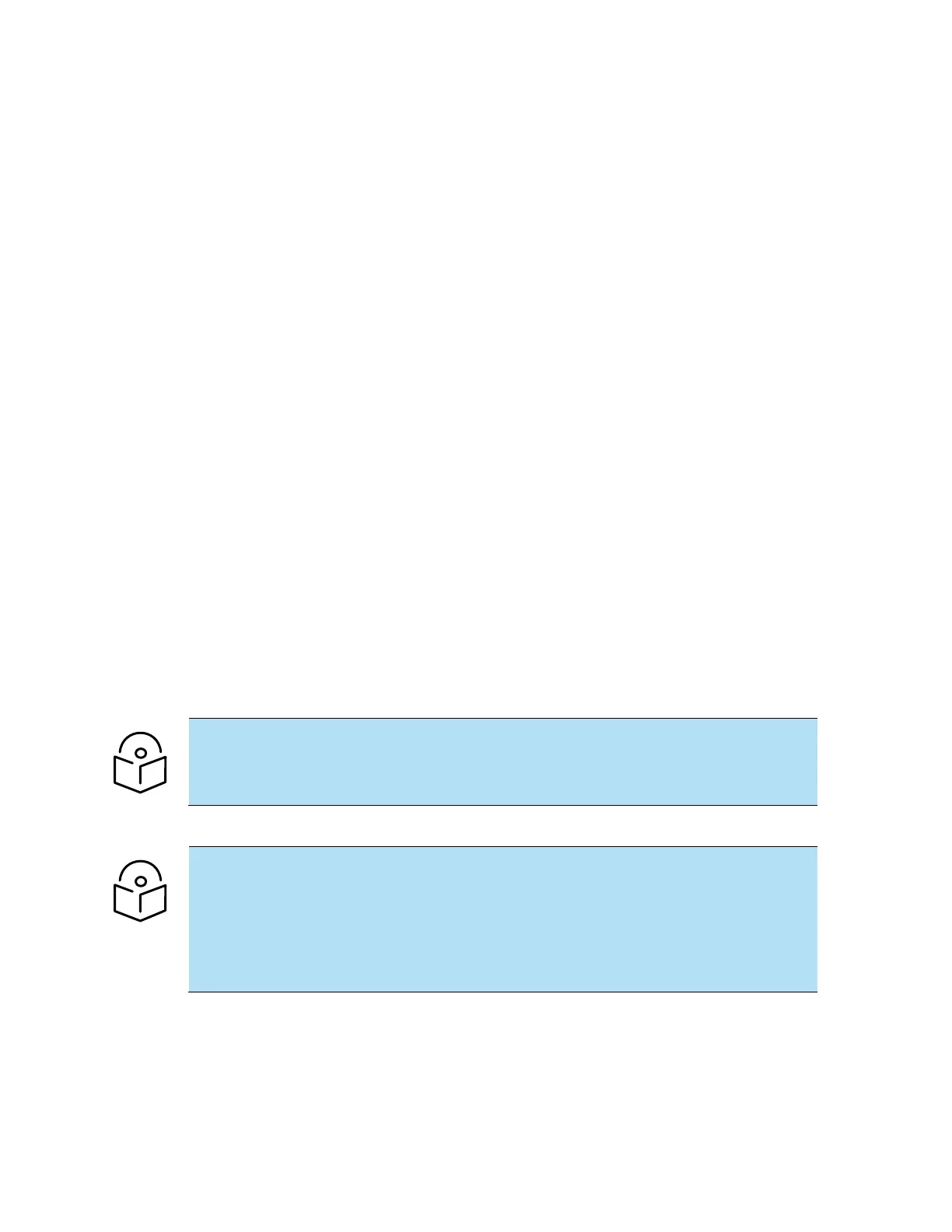